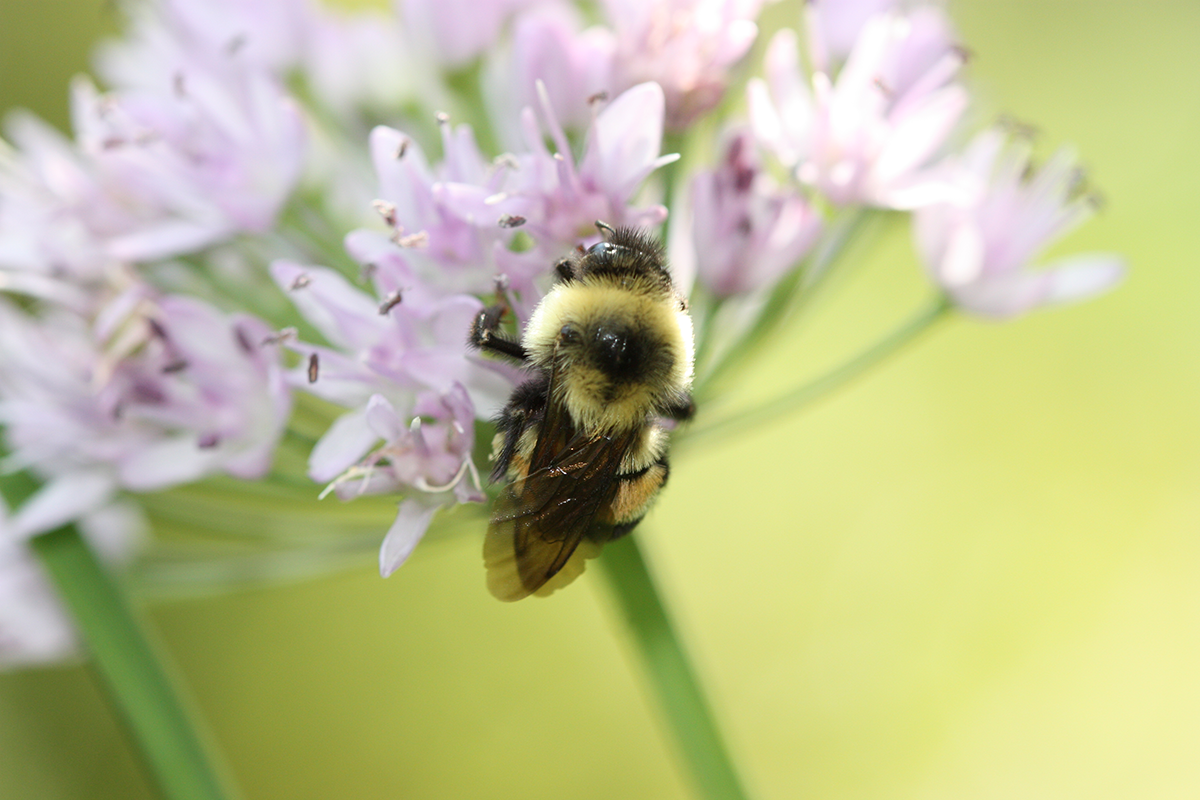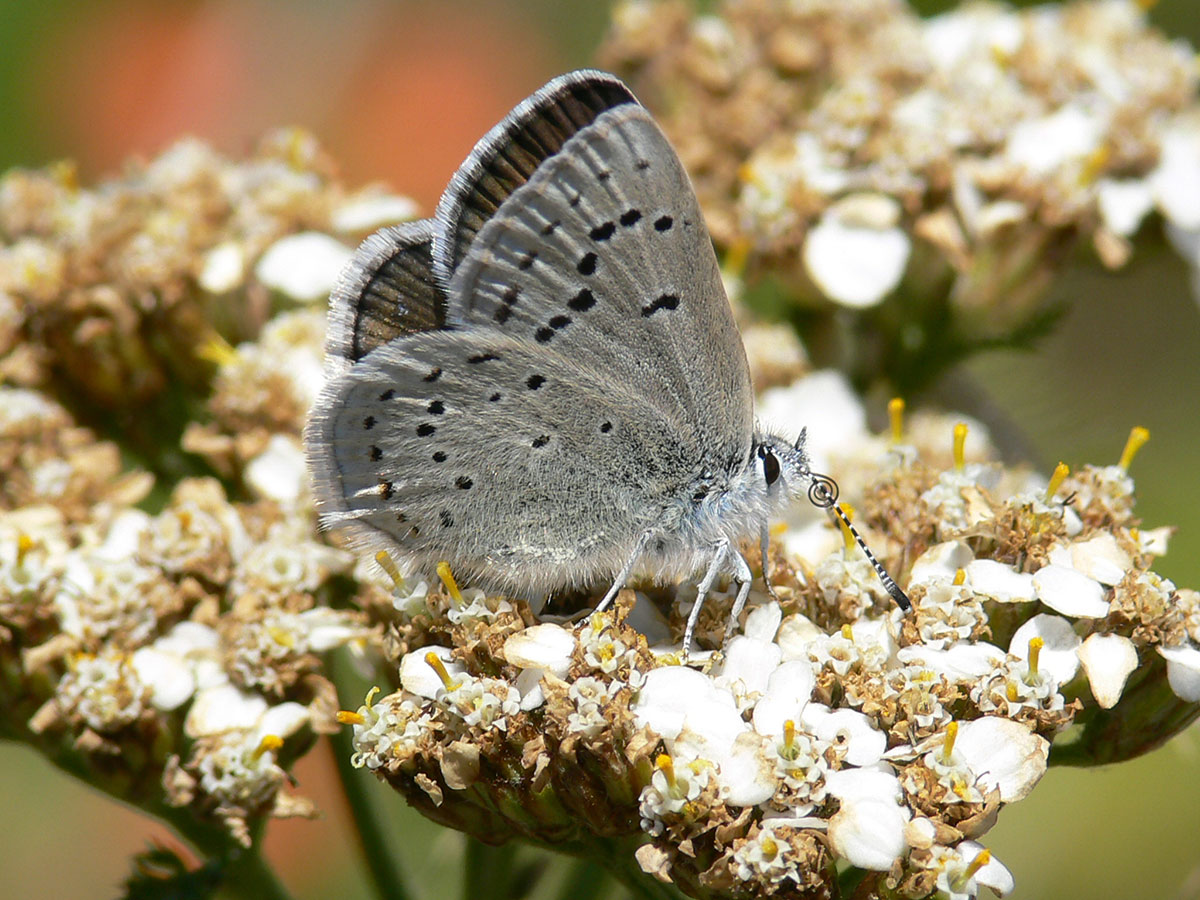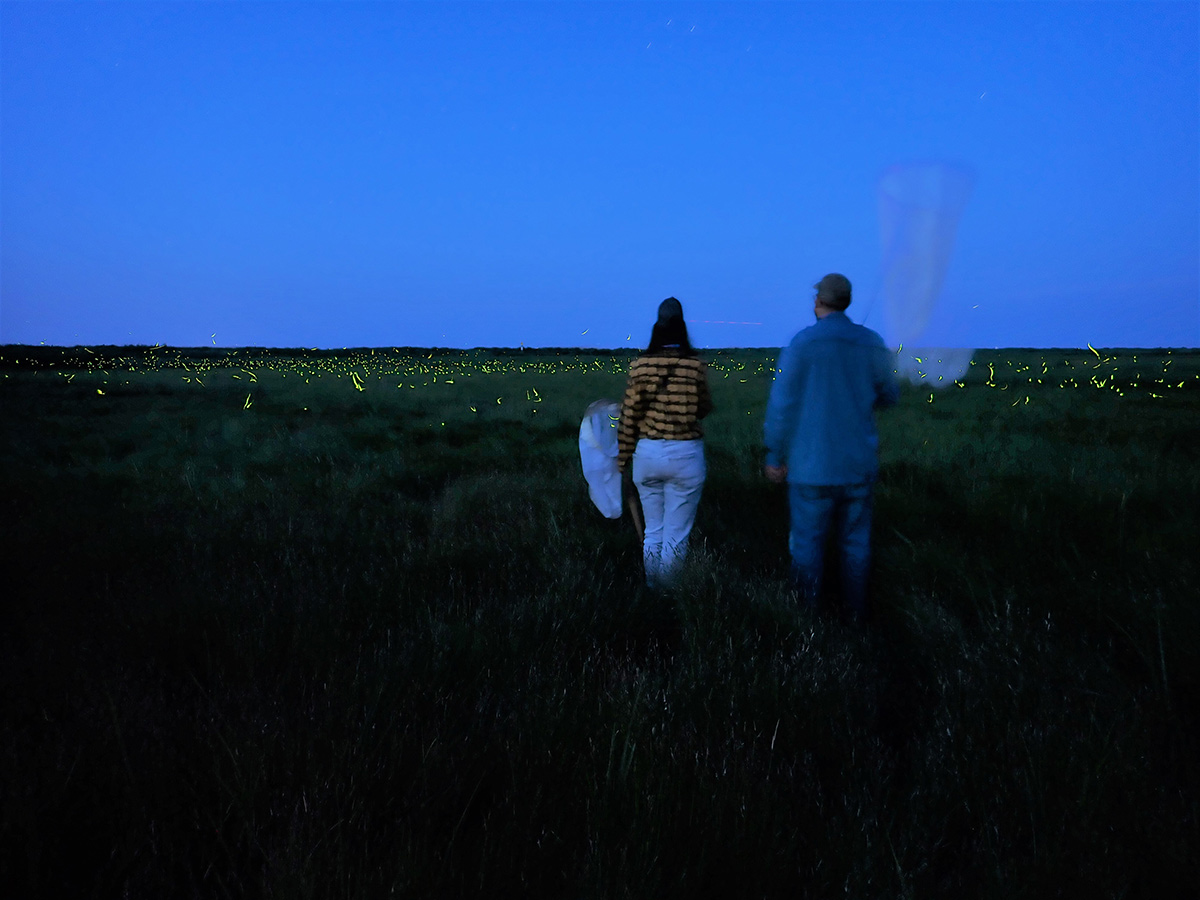This December, we celebrate 50 years since the passage of what has been described as the broadest and most powerful wildlife protection act in U.S. history: the Endangered Species Act (ESA). The anniversary is especially poignant for invertebrate advocates, as before the ESA, federal laws aimed at preserving species applied only to vertebrates. Its passage extended coverage to all plants and invertebrate animals, marking the first time that insects could receive specific federal protection in the United States.

Species like the Karner blue butterfly, the American burying beetle, the Hines emerald dragonfly, and the Delhi Sands flower-loving fly have all seen their conservation efforts improve thanks to being listed under the U.S. Endangered Species Act. At the Xerces Society, we’ve been fortunate enough to be able to advocate for invertebrates under this landmark legislation for nearly the entirety of our organization’s history—52 years. Here are a few of the noteworthy occurrences for invertebrate protection under the ESA since its inception.
- 1973: President Richard Nixon signs the Endangered Species Act on December 28, which supersedes earlier acts, into law.
- 1974: The U.S. Fish and Wildlife Service Office of Endangered Species employed Paul Opler, at the time a Xerces board member, as its first staff specialist in entomology. Dr. Opler’s arrival provided official recognition to and responsibility for the conservation of rare insects, which resulted in quick action. By the next year, forty-one species and subspecies of insects were proposed for listing.
- 1976: The first invertebrate species gain federal protection, with 21 clams and 7 butterflies declared endangered, including the El Segundo blue butterfly (Euphilotes battoides allyni).
- 1978: The U.S. House of Representatives votes to remove invertebrates from the ESA, eventually reaching a compromise with the Senate that only species and subspecies of invertebrates may be protected, not “distinct population segments” as allowed for vertebrates. Xerces sent every member of the House a telegram opposing this effort to undermine invertebrate protection.
- 1983: An amendment to the ESA allows development on habitat regardless of how critical it might be, by permitting the “taking” of listed taxa if certain conditions are met, including the preparation of a conservation plan for the remaining population. This amendment was widely considered to be a political compromise between developers and the federal government, reached in order to allow houses to be built on San Bruno Mountain, at the time the largest undeveloped parcel of private land on the San Francisco Peninsula. It was also the site of critical habitat of the mission blue butterfly (Icaricia icarioides missionensis).
- 2001: White abalone (Haliotis sorenseni) becomes the first marine invertebrate to receive ESA protection, following petitions from the Marine Conservation Biology Institute and the Center for Biological Diversity.
- 2005: Due to the efforts of scientists, conservationists, and Xerces Society members, the Salt Creek tiger beetle received ESA protection on October 6. A multi-agency team of scientists proposed the protection of more than 36,000 acres of critical habitat in Nebraska for the beetle’s recovery of the Salt Creek tiger beetle, yet eventually the USFWS proposed to protect fewer than 2,000 acres—an amount described by one member of the original team as scientifically “ludicrous.”
- 2016: Seven species of yellow-faced bees (Hylaeus spp.) endemic to Hawaii became the first bees protected under ESA, following petitions by the Xerces Society in 2009.
- 2017: The rusty patched bumble bee (Bombus affinis) became the first bumble bee to be ESA listed, and first bee in the continental U.S., following the Xerces Society’s petition in 2013.
- 2021: Researchers from the Xerces Society, the ABQ BioPark, and the IUCN Firefly Specialist Group completed evaluation of the extinction risk of 128 firefly species in the U.S. This provided the basis to submit ESA petitions for 4 threatened firefly species in 2023.

Today, 12 ESA petitions from the Xerces Society are currently pending, including for Franklin’s bumble bee, the western ridged mussel, and a high-profile decision on the monarch butterfly anticipated in 2024. Xerces and our partners, including thousands of community science volunteers, are continuing to fill in critical gaps in our knowledge about the population status and habitat needs of invertebrates like bumble bees and fireflies.
In a perfect world, we can learn everything we need to and act fast enough to keep common species common and recover the imperiled ones. In the meantime, the federal Endangered Species Act – and its many counterparts at the state level – remain indispensable tools to protect America’s priceless wildlife for future generations.





